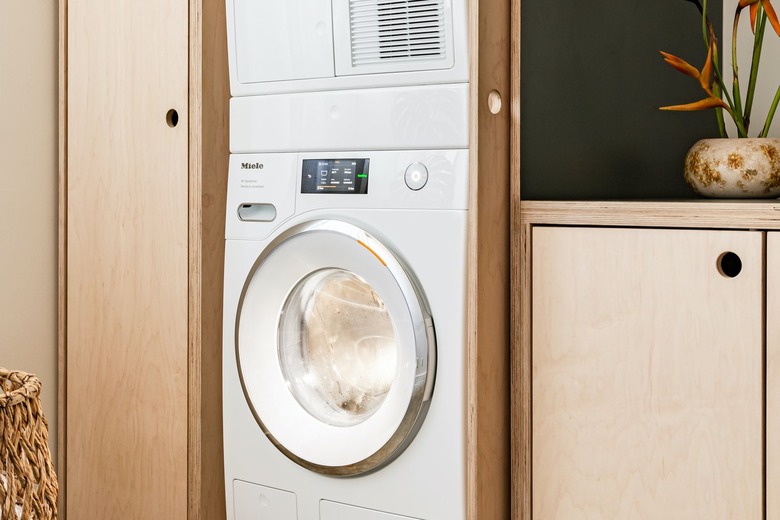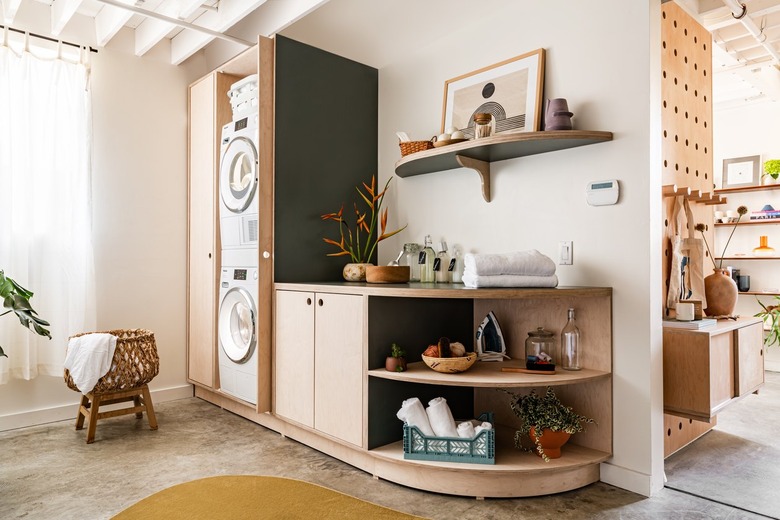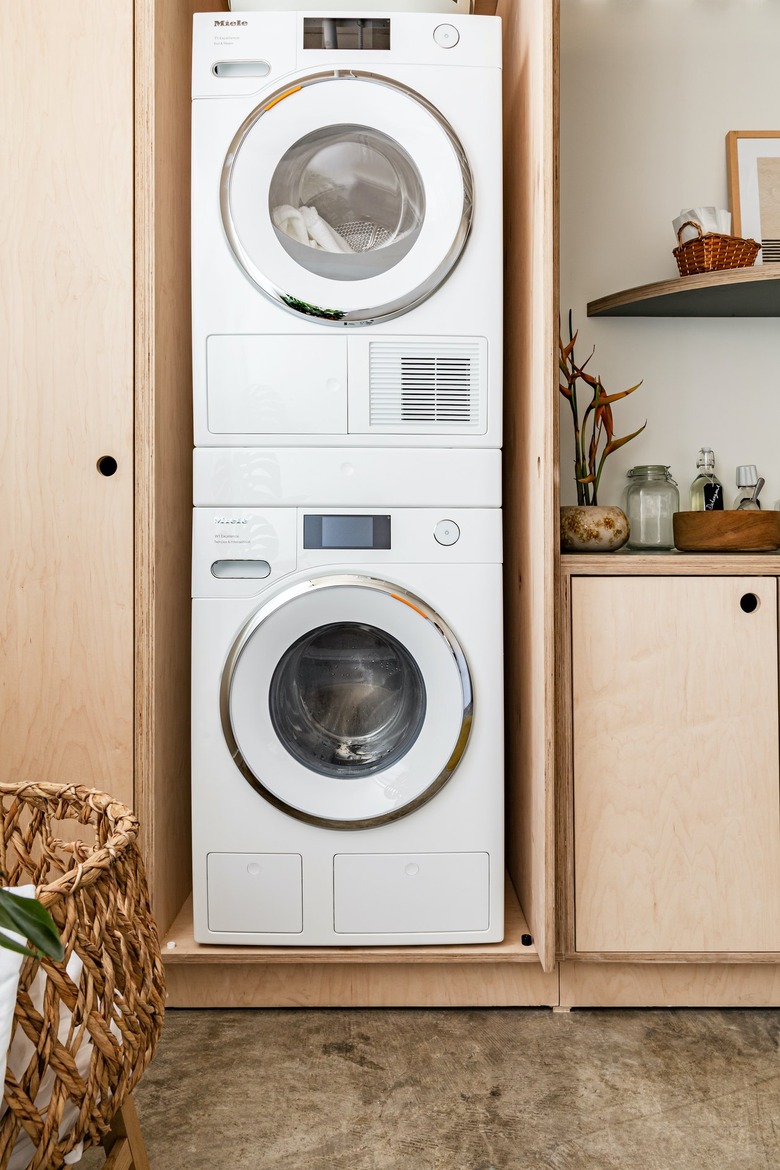4 Signs It's Time To Replace Your Washer And Dryer
It's easy to tell when it's time to replace your favorite pair of shoes (hello, holes) or the hand-me-down mixer collecting dust in your kitchen. But, knowing when it's time to swap out your washer and dryer? Not as cut and dry.
The first step in your assessment should be running through a mental maintenance checklist — because if you haven't been maintaining your washer and dryer, odds are you're going to have to replace them sooner.
According to Phillip Schmidt, home improvement author and former carpenter, there are a few simple things you can add to that checklist that support the lifespan of your machinery — like doing regular tub-wash cycles, letting the interior dry out between loads and making sure your washer stands perfectly level (so there's no shake or shimmy during spin cycles).
"It's important to make sure the machines are properly installed, leveled and secured — this helps ensure stability, balancing of loads and ultimately the best possible wash results," echoes George Tjoumakaris, product manager for Miele.
But, even if you do enlist all the top-notch set-up and maintenance habits, eventually your machinery will just need an upgrade, and when you finally pull the trigger, you'll want to make sure you're investing in a new setup that will last (so you don't have to continually go through this process every few years).
"Miele's W1 T1 series is ideal for shoppers looking for high-quality, compact laundry solutions with an emphasis on garment care and convenience," Tjoumakaris says.
And he isn't kidding on the high-quality part — the W1 washer with TwinDos automatically dispenses the perfect amount of detergent for each specific load, the T1 heat-pump dryers are engineered to use up to 60 percent less energy and the whole system has WiFi capabilities (for when you're already in bed and realize you forgot to start the last load).
Want to find out if your washer and dryer are ready for replacements? Keep scrolling for Schmidt's top signs it's time to upgrade your laundry room.
1. If your washer is an energy hog
1. If your washer is an energy hog
According to Schmidt, you shouldn't ditch your washing machine just because you've had it longer than your favorite sweatshirt. But, you should get rid of a piece of machinery that's not energy-efficient.
"If your washer is old and inefficient, you can save significant energy, water and money over time by replacing it with a new high-efficiency model," he says. "Today's most efficient machines use only about half as much energy and water as a standard agitator washer."
With Miele's W1 washing machines, you can opt for the QuickIntenseWash that taps Spin&Spray Technology, so you can get the highest quality clean in only 49 minutes, while simultaneously saving big on time, water and energy. "Plus, all W1s feature CapDos, which is Miele's single-use detergent capsule geared toward specific treatments and textiles," Tjoumakaris says. Now, that's what we call efficient.
2. Do you hear loud banging noises?
2. Do you hear loud banging noises?
If you're hearing a loud grinding noise during your spin cycle (and you're dealing with an older top-load washer), Schmidt says this can mean a bad transmission. "Other signs of failing transmission are finding grease marks on your clothes or oil on the floor underneath the machine," he adds.
3. If your dryer's heating capabilities are questionable
3. If your dryer's heating capabilities are questionable
No one likes finding still-damp clothes sitting in the dryer at the end of a cycle, but drying capabilities at the opposite end of the spectrum can also be an indication you're in need of an upgrade. "If your 'low heat' setting is only low relative to a nuclear reactor, it's time to consider a new dryer with much better heat control — a standard feature on all newer dryers," Schmidt says.
In addition to precision heat control, Miele T1 dryers feature fragrance flacons that allow you to add your favorite scent every time you throw in a load. Who needs perfume when you've got a brand-new dryer that makes your clothes smell this fresh?
4. When it's time to nix the vents
4. When it's time to nix the vents
If you're working with a conventional dryer that needs to be vented to the outside of your house (you know, to keep you and your place safe), it's time to go ventless, Schmidt says. "If changes in your living — or laundry — situation mean you can no longer vent your dryer properly, you can simply buy a new ventless dryer, such as those that use heat pumps."
Miele's T1 heat-pump dryers reuse their own generated heat, which helps protect the high-quality fibers in more delicate fabrics, while also being a total energy saving plus for your entire household, of course.


